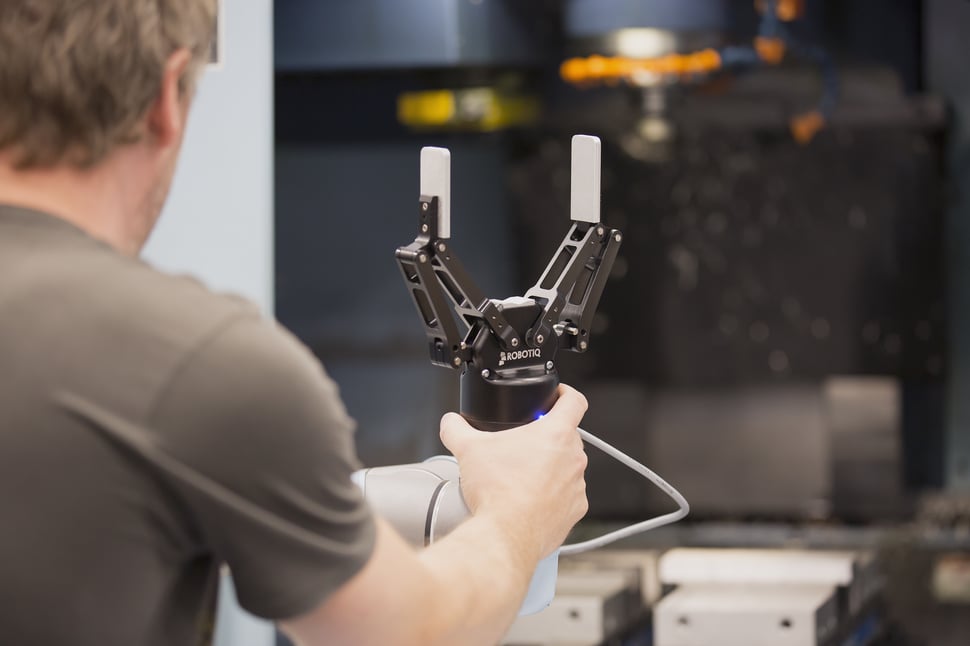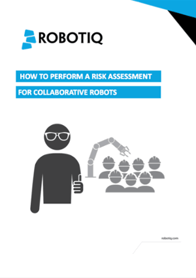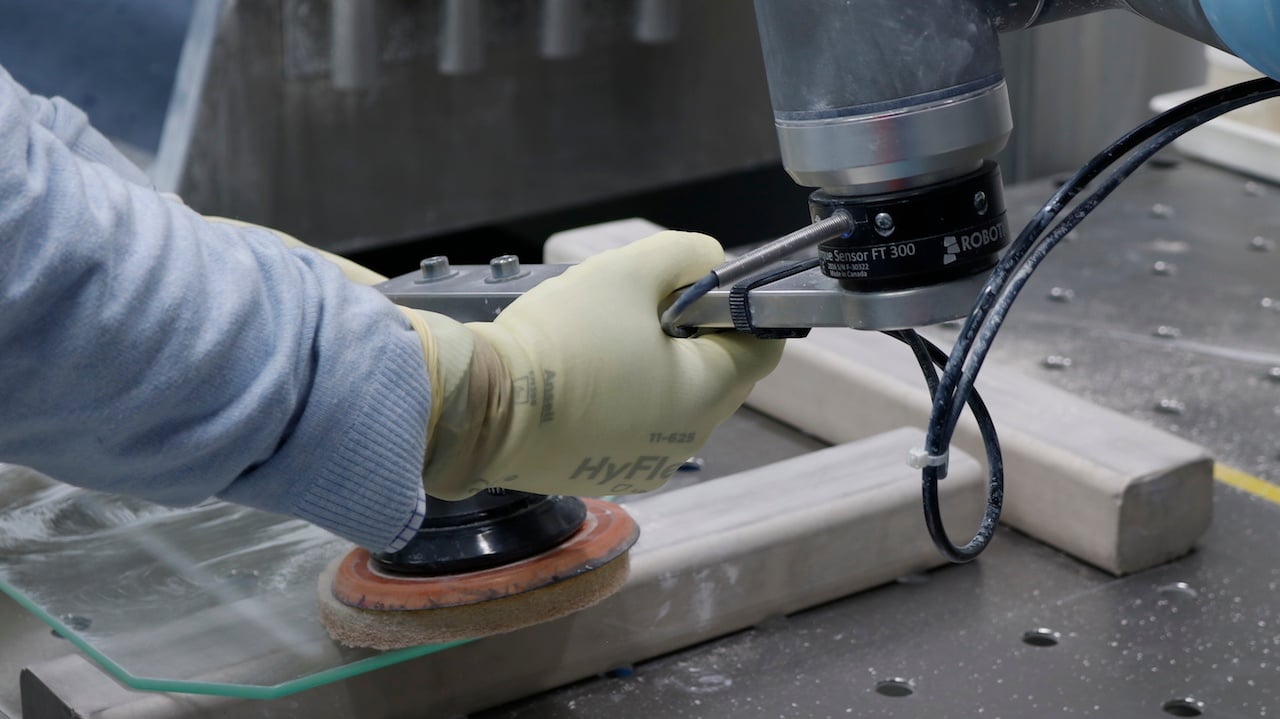ISO/TS 15066 for the Real World: Product Assembly

Posted on Jun 08, 2016 7:00 AM. 2 min read time
Picture a sequential product assembly process that includes both humans and power and force limited collaborative robots, suggests Björn Matthias, Senior Principal Scientist – Robotic Automation, at ABB.

Robots perform the simple steps where repeatability generates quality while human workers perform more complicated steps, particularly those that require highly dexterous manipulation.
When performing a risk assessment in a scenario like this, it's important to identify the interfaces between the human and robot workers.
“As it is being manufactured, the product passes over these interfaces. You have handover and you have assembly manipulation and these things are happening right next to human workers,” explains Matthias.
In this sample scenario, possible hazards occur at the interfaces; the area where workers reach into the robot's workspace for example. A different set of hazards arise when human workers accidentally bump into the robot.
“Mitigation of these hazards --and the way you can make the system harmless-- is by designing the robot's control system so that it enforces the maximum limits on mechanical loading of certain parts of the human body.”
If you follow the ISO/TS 15066 guidelines for power and force limited applications, which specify maximum pressures and maximum forces, you will be able to realize this type of sequential assembly landscape in a safe way and all without having to separate the robot off behind fixed guarding.
“That is the aspect which is very new in ISO/TS 15066.” adds Matthias. “This is also the aspect which addresses the need for higher flexibility and less use of floor space that today's manufacturers are looking for.”
How to Perform an ISO/TS 15066-Compliant Risk Assessment
 Ready to get started with improved safety with collaborative robots? This is your guide. This eBook explains each part of the document, how to fill it up, and why it's there. Follow the guide to perform those risk assessments and comply with ISO/TS 15066. This eBook also comes with an Excel template for you to use.
Ready to get started with improved safety with collaborative robots? This is your guide. This eBook explains each part of the document, how to fill it up, and why it's there. Follow the guide to perform those risk assessments and comply with ISO/TS 15066. This eBook also comes with an Excel template for you to use.







Leave a comment